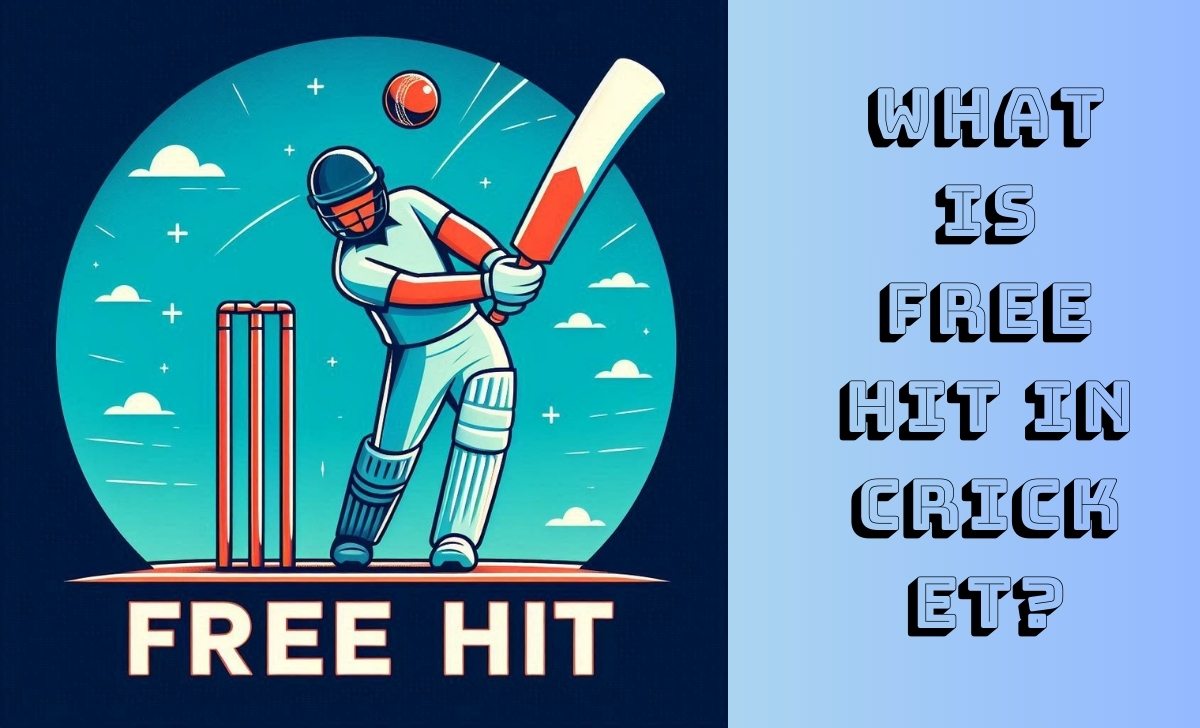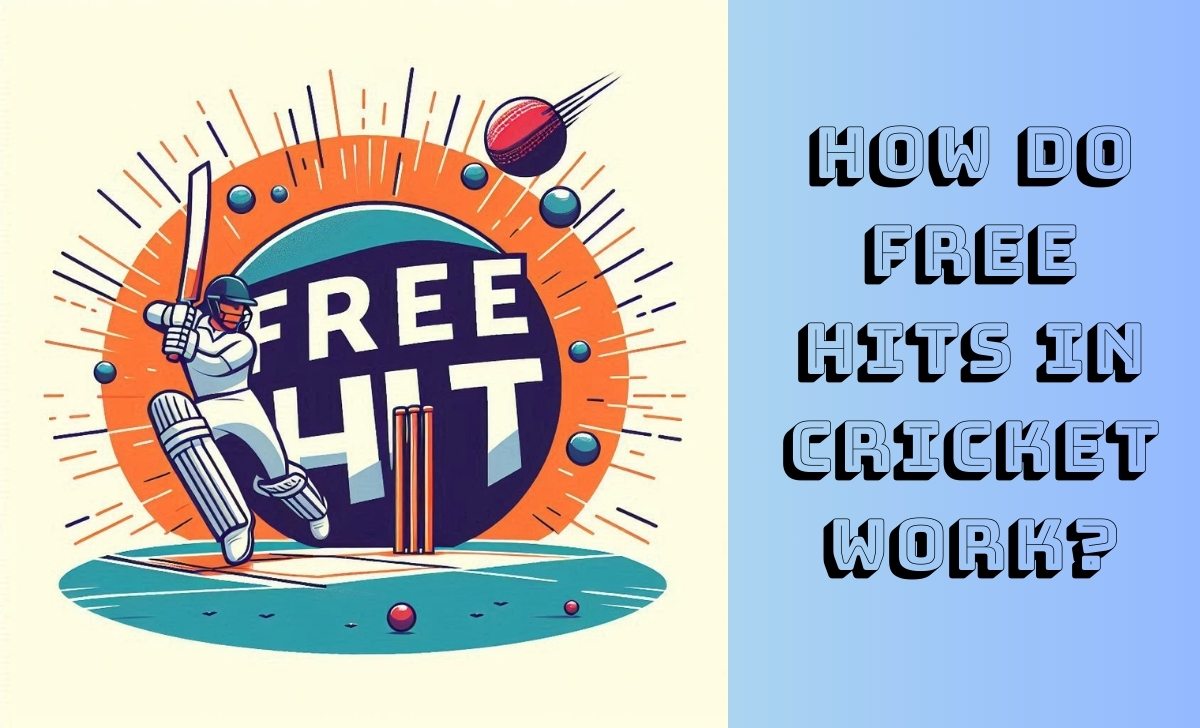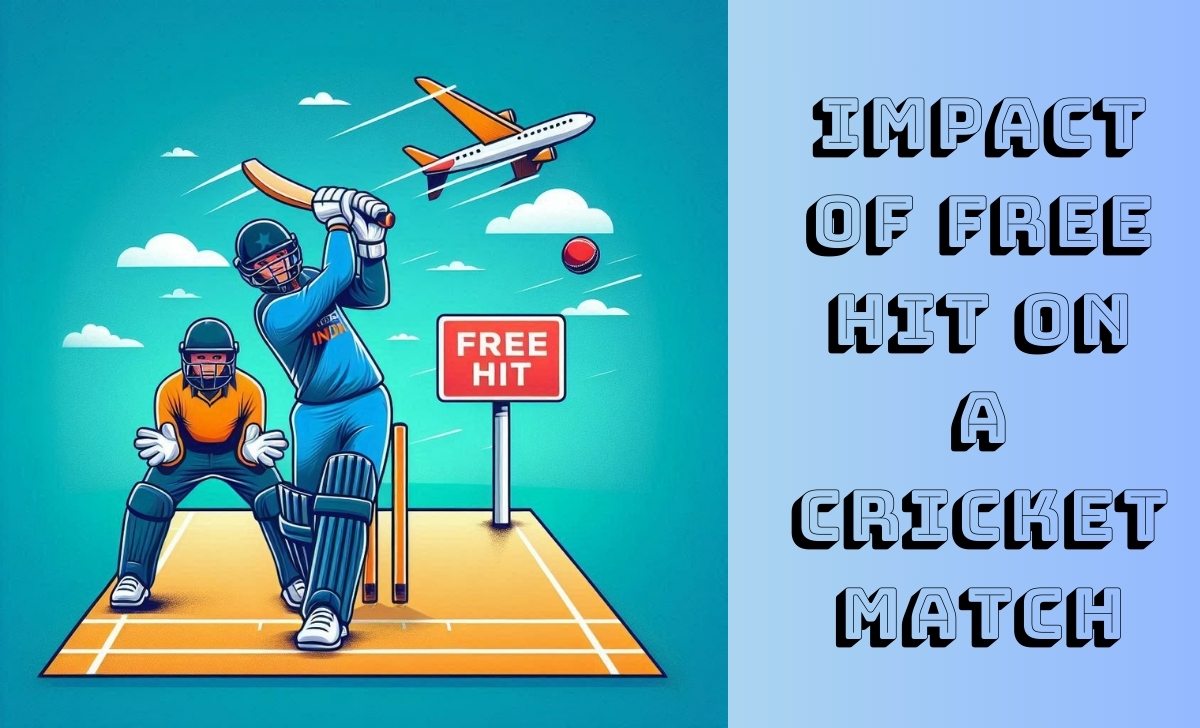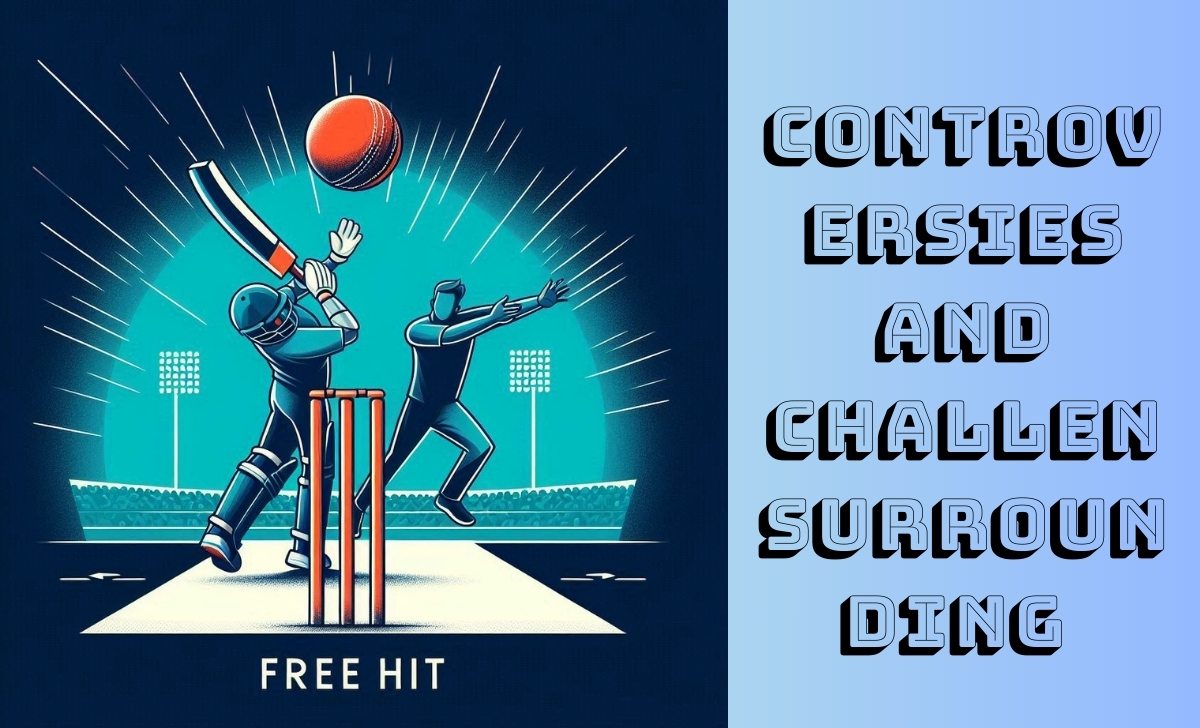Free Hit in Cricket is an important concept that often occurs when a bowler commits a no-ball. This presents a significant opportunity for the batter, as they cannot be dismissed by conventional methods on the next delivery.
In this article by Fun88, we will explore in detail what a Free Hit is in cricket, how it works, and the strategies that players use to take advantage of this opportunity.
What is Free Hit in Cricket?

A Free Hit is one of the regulations in cricket that gives the batter a valuable chance to make a hit without the fear of being dismissed in some conventional ways. A Free Hit is awarded when the bowling team (bowler) commits a no-ball, meaning the delivery is invalid according to the rules.
In this case, the batter is granted a hit during which they cannot be dismissed by being bowled, caught, LBW (Leg Before Wicket), or stumped.
This creates a great opportunity for the batting side to score runs, while simultaneously putting significant pressure on the fielding side, especially the bowler. The Free Hit was first introduced in 2007 in the ODI (One Day International) format and has since been applied in T20 international tournaments and other competitions.
When is a Free Hit awarded?
A Free Hit is awarded when the bowler delivers a no-ball, meaning the delivery is invalid. There are several reasons a delivery can be deemed a no-ball and here are the common scenarios:
- Overstepping: This is the most common reason for a no-ball. If the bowler’s foot crosses the line when delivering, the delivery will be considered a no-ball.
- High Full Toss: If the ball is delivered without bouncing and reaches the batter at a height above the waist, it is counted as a no-ball.
- Bowling Actions: Certain technically incorrect bowling actions, as seen with some players on the CPL Winners list, can also lead to a no-ball.
- Fielding Restrictions: If too many fielders are outside the restricted area during the delivery, it can also be deemed a no-ball.
In these situations, a Free Hit will be awarded to the batter on the next delivery, allowing them to score runs without the risk of dismissal.
How do Free Hits in Cricket work?

When a no-ball is bowled, the umpire signals and announces that the next delivery will be a Free Hit. The main rule regarding the Free Hit is that the batter cannot be dismissed in certain conventional ways, such as being bowled (dismissed by the ball hitting the wicket), caught (by a fielder), LBW, or stumped.
Here are the key points about how Free Hits work:
- Bowler: The bowler must still deliver the next ball but knows that the batter cannot be dismissed in conventional ways. This increases the pressure on the bowler.
- Batter: The batter can take advantage of the Free Hit to attempt to score runs without worrying about being caught or dismissed in common ways. However, the batter can still be dismissed if they run unsafely (run-out).
- Field Placement: During a Free Hit, fielders are not allowed to change their positions unless the no-ball was due to a foot fault, even if the cricketer has most fans on the field.
The Free Hit creates fairness and a significant opportunity for the batting side while also making the game more exciting.
Strategies for Batters and Bowlers during Free Hits in Cricket
In a Free Hit situation, the strategies for the batter and bowler are distinctly different:
Strategies for the Batter
Here are some strategies for the batter to consider:
- Maximize Scoring: This is a chance to score easily, as the batter does not have to worry about being caught or dismissed. The batter often tries to play a powerful shot aimed at scoring multiple runs, such as 4s or 6s.
- Reading the Delivery: Even during a Free Hit, the batter needs to pay attention to the bowler’s style to react appropriately. Fast or spin deliveries can be challenging if not anticipated.
- Choosing Safe Shots: Although not dismissed in conventional ways, the batter can still be run out, so they should be cautious when running between the wickets.
Strategies for the Bowler
Here are some strategies for the bowler to consider:
- Minimize Risks: The bowler should deliver the next ball carefully, trying to make it difficult for the batter to score accurately by changing the speed or direction of the delivery.
- Bowling Slow or Low: Sometimes, the bowler may choose to bowl slower deliveries or lower balls, much like players strategize in Patti Sequence, to reduce the batter’s scoring opportunities.
- Focus on Technique: The bowler must maintain high concentration to avoid additional errors like no-balls or wide balls, to not increase the pressure on their team.
Impact of Free Hit on a Cricket match

The Free Hit can significantly impact the outcome of a match, specifically in the following ways:
- Increased Scoring Opportunities: A Free Hit provides a substantial chance for the batter to score runs, as they cannot be dismissed through conventional methods like being caught or hitting the wicket. This allows the batting team to increase their score rapidly.
- Creating Pressure on the Bowler: The bowler faces greater pressure when dealing with a Free Hit, as a poor delivery could lead to high runs scored by the opponent, changing the dynamics of the match.
- Changing Tactics: The Free Hit can force both batting and bowling teams to adjust their strategies. The batting side will attempt to make the most of the advantage, while the fielding side will look to minimize damage.
Notable examples of Free Hits in international Cricket
There have been many famous matches in cricket history where Free Hits made a significant difference. Some notable examples include:
- India vs Pakistan, Asia Cup 2016: In this tense match, India’s Hardik Pandya bowled a no-ball, leading to a Free Hit. Pakistan attempted to capitalize on the opportunity but failed to score significantly from that Free Hit, illustrating that pressure can still affect the batter even with the advantage.
- India vs Sri Lanka, 2017: Rohit Sharma capitalized on a Free Hit to score a spectacular 6 runs. This is a perfect example of how a batter can turn a Free Hit into a substantial advantage, helping the batting team change the course of the match.
- England vs New Zealand, World Cup 2019: A no-ball in the final led to a Free Hit, but the New Zealand batter could not capitalize on it, once again proving that even with a Free Hit, the pressures of the match can hinder scoring.
Controversies and challenges surrounding Free Hits in Cricket

While the Free Hit is an interesting rule, it has also caused some controversies in the past. Some argue that the Free Hit provides too much advantage to the batting side, disrupting the balance of the game. Additionally, there have been situations where the no-ball was unclear, leading to disputes between players and umpires regarding the Free Hit.
However, many believe that the Free Hit is an essential part of modern cricket, enhancing the excitement and competitiveness of matches. This rule has been adjusted to better meet the demands of the sport and its fans.
Conclusion
Free Hit in Cricket not only creates thrilling moments but also offers an excellent opportunity for batters to score runs. Understanding and utilizing it effectively can significantly change the course of a match. If you want to enhance your cricket skills, be sure to master the strategies when facing a free hit and put them to the test in real matches!

I am Rohan Sharma, chief financial officer of Fun88 company in the Indian market. With huge financial potential, the Fun88 brand is a reputable and safe place for you to experience online betting games.
Email: [email protected]
